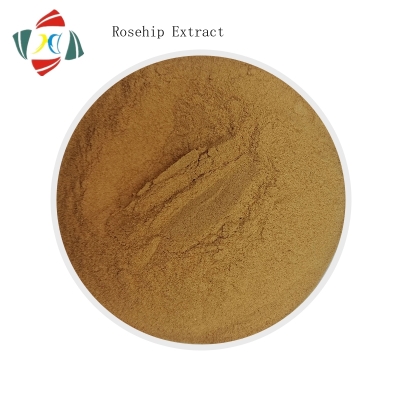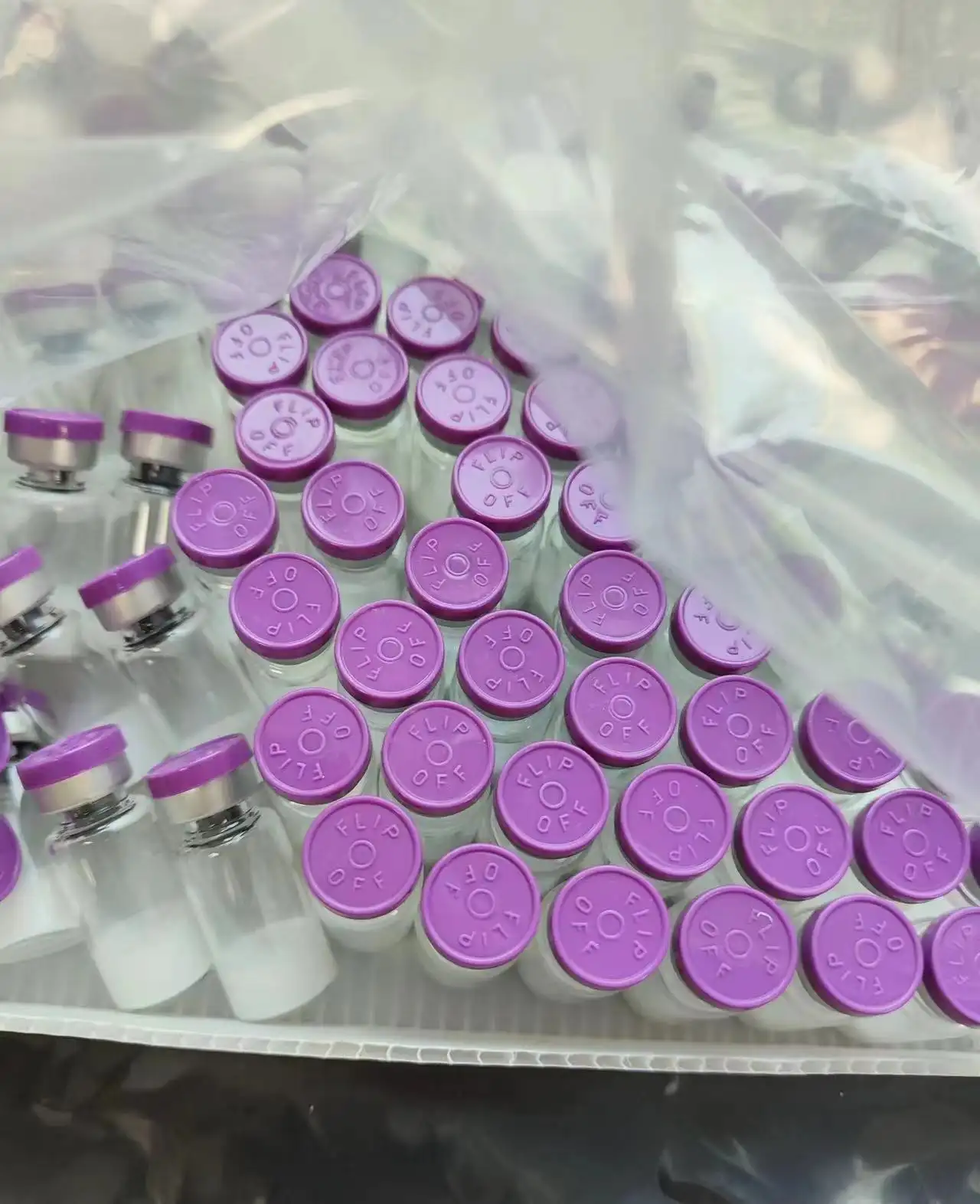-
Categories
-
Pharmaceutical Intermediates
-
Active Pharmaceutical Ingredients
-
Food Additives
- Industrial Coatings
- Agrochemicals
- Dyes and Pigments
- Surfactant
- Flavors and Fragrances
- Chemical Reagents
- Catalyst and Auxiliary
- Natural Products
- Inorganic Chemistry
-
Organic Chemistry
-
Biochemical Engineering
- Analytical Chemistry
- Cosmetic Ingredient
-
Pharmaceutical Intermediates
Promotion
ECHEMI Mall
Wholesale
Weekly Price
Exhibition
News
-
Trade Service
21, 2020 // -- In a recent study published in the international journal Nature, researcher Uur Sahin and colleagues described the interim results of the first phase 1 clinical trial of the human melanoma RNA vaccine. FixVac induces the body's effect T cells to respond to tumor-related antigens (TAAs, tumour-associated antigens) and mediates a long-lasting objective response from immunosuperative blockers (ICB) in patients experiencing advanced melanoma.
Scientists have repeatedly tried to develop therapeutic cancer vaccines that activate T-cell immunity against common TAAs, such as cancer lineal antigens or genealogical restrictive markers, and most vaccine trials have reported ineffective T-cell-induced reactions, which are attributed to central T-cells There is tolerance to TAAs, a non-mutant autoantigen, and in recent studies, researchers have focused on mutant cancer antigens that are not affected by central T-cell tolerance, and this personalized therapy may also have limitations.
researchers have developed the FixVac vaccine, an intravenous nanoparticle liposome RNA (RNA-LPX) vaccine that targets immature degenerate degenerate cells in lymphatic tissue and drives TAA to appear in MHC I and Class II molecules that contain RNA-LPX, which encodes four TAAs, including NY-ESO-1. MAGEA3, tyrosinease, and TPTE, these TAAs are restricted in normal tissues, but have a high prevalence and immunogenicity in melanoma, and importantly, RNA-LPX promotes the expansion of antigen-specific T-cells through the TLR7-driven type I interferon pathline, which normally induces expression in response to viral infections.
picture source: S. In the exploratory interim Bradbrook/Springer Nature Limited study, researchers analyzed 89 patients with advanced melanoma who were given at least eight doses of the FixVac vaccine in at least one of the four TAS-coded TAAs. Doses of RNA ranged from 7.2ug to 400ug, and some patients continued to be given monthly boosters, with some study queues receiving only FixVac and others receiving ICC treatment targeting PD1.
subjects' metabolic activity in the spleen increased after vaccination, suggesting that TLR in immune cells that reside in lymphatic tissue is activated, body temperature and inflammatory cytokines (IFN alpha, IfN, IL-6, CXCL10, and IL-12p70) levels in plasma also increase with increased RNA doses, and some adverse events include mild to moderate flu-like symptoms, but these symptoms are controllable and generally self-relieving within 24 hours.
ELISpot analysis showed that after vaccination, the body produces a special T-cell response to at least one TAA, and most patients exhibit a cd4-plus-T-cell response alone, or a CD8-plus and CD4-plus-T-cell response, with a vaccine-induced response to new T-cells. Original T-cell response amplification is more common, most high-multiplier responses involve CD8-plus T cells, and the frequency of TAA-specific effect T-cells continues to increase or remain stable in patients who are vaccinated monthly with FixVac enhancers, but memory T-cells persist in patients who do not receive continuous vaccination.
Some patients experience partial immune response and tumor metastasis after vaccination, and these populations exhibit the most prominent T-cell response, and the researchers also identified CD8-plus T cell clones induced by the FixVac vaccine, which mediate the killing of melanoma cells; Progress will be made again, but it will respond to a new round of anti-PD1 therapy, which appears to be consistent with the introduction of the PD1-effect memory T cells by the FixVac vaccine, and overall, the researchers observed a degeneration rate of more than 35% in patients who received the MixVac vaccine and anti-PD1 combination therapy and experienced ICC, similar to the objective response rate of metastasis melanoma patients who had not previously received ICC.
ICB can revolutionized cancer therapy, but it doesn't seem to be working for many patients, especially when the tumor in the patient's body has a lower mutation burden, and early results from clinical trials have shown that potential therapeutic vaccines targeting TAAs combined with anti-PD1 therapy can be effective in treating cancer patients with lower mutation burdens, even for patients who have previously failed ICC therapy.
() References: Sahin, U., Oehm, P., Derhovanessian, E. et al. An RNA vaccine drives immunity in checkpoint-analysior-treated melanoma. Nature (2020). doi:10.1038/s41586-020-2537-9(2) Bordon, Y. An RNA vaccine for advanced melanoma. Nat Rev Immunol (2020). doi:10.1038/s41577-020-00417-7.







